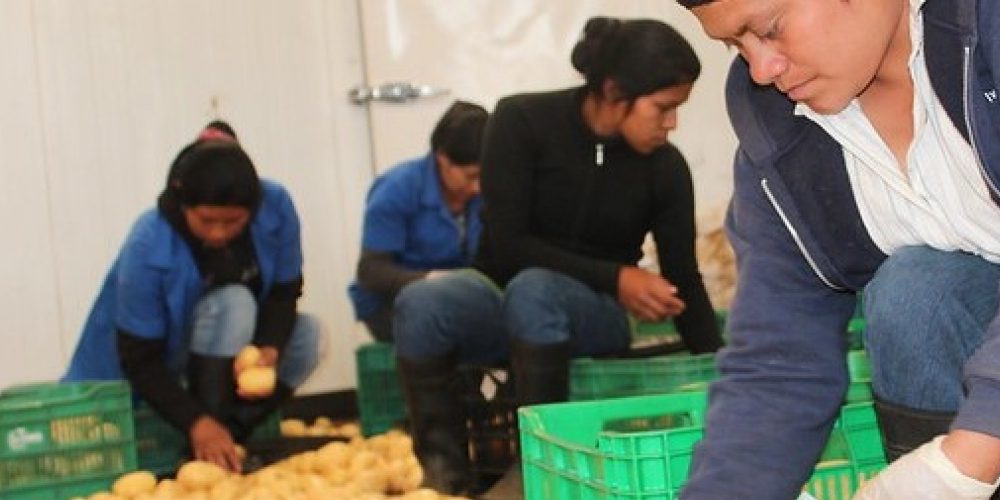By Veronica Michel & Ian Walker
In Honduras, as in other Latin American countries, increased labor incomes have been central to reducing poverty. However, many are still under-employed, so households have the potential to earn more. This calls for increased attention on ways to increase labor intensity, instead of focusing only on increasing the productivity of specific job types.
Our Honduras Jobs Diagnostic found that rural homes are especially affected by under-employment, but there is considerable variance. We analyzed households’ labor intensity (the share of their members that work) and their diversification across types of jobs. We reached four conclusions that could help policymakers address rural poverty in Honduras.
Conclusion #1: Rural households underutilize their labor resourcesUnfortunately, Less than a third of families use over three quarters of their available labor supply. This could reflect the lack of job opportunities; or the fact that activities such as family care sometimes take precedence.
That’s especially important for women. Only 40 percent of rural women are active in the workforce, compared to 90 percent of men (Figure 1). This striking gender gap is double that observed in urban areas. It may be because there are few rural job opportunities outside of agriculture, where most jobs are held by men. But it could also reflect greater cultural bias in rural areas against women working outside the home.
Figure 1. Honduras – Labor force participation rates by gender and location

Figure 2. Honduras – Relationship between labor intensity and per capita labor income

Conclusion #3: Combining non-farm jobs and formal wage jobs is the highest-paying option for a rural household.
We grouped jobs into four types: formal wage work, informal wage work, farm-related self-employment, and non-farm self-employment. Those rural households that engage both in formal wage work (such as salaried labor) and in non-farm self-employment earn the most per worker, L. 4,400 or US$ 177 per month. That’s even higher than the average observed when a family’s workers do only formal wage work. This somewhat surprising conclusion suggests that there is a positive correlation between the diversification of types of job and higher labor intensity (see Conclusion #4, below).
Unfortunately, only eight percent of Honduran rural households engage in both formal wage work and non-farm self-employment. A much higher proportion (34 percent) are only doing informal wage work, such as day labor on a farm (jornaleros), and/or self-employed farm work, combinations which yield earnings below the rural moderate poverty line. So,
Figure 3. Honduras – Average household labor income by combinations of job type, 2016

Conclusion #4: Earnings opportunities increase when diverse job types are available
Households whose employed members all work in the same type of job tend to use less of their labor supply. For example, households comprised entirely of farmers use just 39 percent of their potential labor. Likewise, households comprised only of formal wage earners use only 49 percent (Figure 3). In contrast, the combination of non-farm self‑employment with wage work (formal or informal) is associated with labor utilization rates above 75 percent. This could be due to job characteristics, such as flexible working hours, which may facilitate increased labor force participation, especially of women. So, the availability of diverse job types helps households to use more of their labor.
Figure 4. Honduras – Labor intensity across permutations of job types, 2016.

Note: This blog is based on the Honduras Job Diagnostic (February 2020), a report on the status of the job market in Honduras prior to the COVID-19 pandemic.
Source: World Bank blog
Leer en Español





